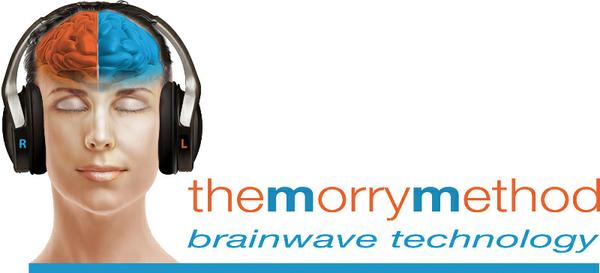Hi ,
You've probably heard about the "Mozart Effect" - the idea that listening to classical music makes you more intelligent.
Most people think it's because Mozart's compositions are somehow inherently
"smart" music. But the real reason has nothing to do with Mozart being a genius.
It's because of something much more fundamental about how your brain works.
Here's what researchers actually discovered: Mozart's music tends to be composed in a specific mathematical pattern that matches the natural frequency of relaxed, focused brainwaves.
Your brain doesn't care that it's "classical music." It's responding to the underlying rhythm and
frequency patterns. You could get the same effect from a metronome set to the right tempo, or even from certain types of white noise.
This reveals something fascinating about human consciousness that most people never learn: your mental state isn't determined by your thoughts. It's determined by the electrical frequency your brain is operating at.
Think about it. When you're anxious, your brain is literally vibrating at a different frequency than when you're
calm. When you're focused and productive, it's operating at a different frequency than when you're scattered and overwhelmed.
Every emotion, every mental state, every level of performance corresponds to a specific brainwave pattern.
This is why some days you wake up feeling great while other days feel more challenging. Different mental states seem to correspond with different brainwave patterns.
Scientists have studied something called
"brainwave entrainment." Your brain has this natural tendency to synchronize with rhythmic stimuli in your environment. It's the same reason your heartbeat syncs up with music, or why pendulum clocks in the same room eventually swing in unison.
Everything in nature tends toward synchronization.
When you expose your brain to specific audio frequencies, researchers have observed that brainwave patterns can shift to match those frequencies. Some people report feeling more
focused with certain frequencies, others report feeling more relaxed, and some notice enhanced creativity.
It's like having a remote control for your mental state.
The ancient monks figured this out centuries ago with their chanting. The rhythmic "Om" sound isn't spiritual mumbo-jumbo - it's a specific frequency that puts the brain into a meditative state. They just didn't have the science to explain why it worked.
But here's where it gets
really interesting. Most brainwave entrainment you'll find online uses basic approaches - simple tones or beats.
Advanced research has led to more sophisticated techniques that layer multiple frequencies together using specific mathematical ratios. Users of these more advanced systems often report experiencing shifts in their mental state more quickly than with traditional methods.
The experiences vary from person to person, but many people find the
technology helpful for relaxation, focus, and general well-being.
It sounds almost too good to be true, but when you understand that your brain is essentially an electrical system, it makes perfect sense.
Change the electrical patterns, and you change everything else.
The problem is, most people don't realize that different mental states may correspond to different brainwave patterns. They're trying to improve their lives through
willpower and positive thinking, which can be challenging when working against their natural patterns.
But when you understand how to work with your brain's natural tendencies, many things can become easier.
If you're curious about how this actually works and want to learn more about this technology, I found something that demonstrates these principles at an advanced level.
Check it out here →
It's not about meditation or mindfulness or any of the usual approaches. It's about understanding the
electrical patterns in your brain and how they may relate to different mental states.
Tomorrow I'll share the counterintuitive reason why trying to "think positive" can be challenging for many people (and what researchers suggest might work better).
Once you learn about this, you'll have a different perspective on mental states. Instead of feeling like they're completely out of your control, you'll understand there are techniques that may help you work with
your brain's natural patterns.

